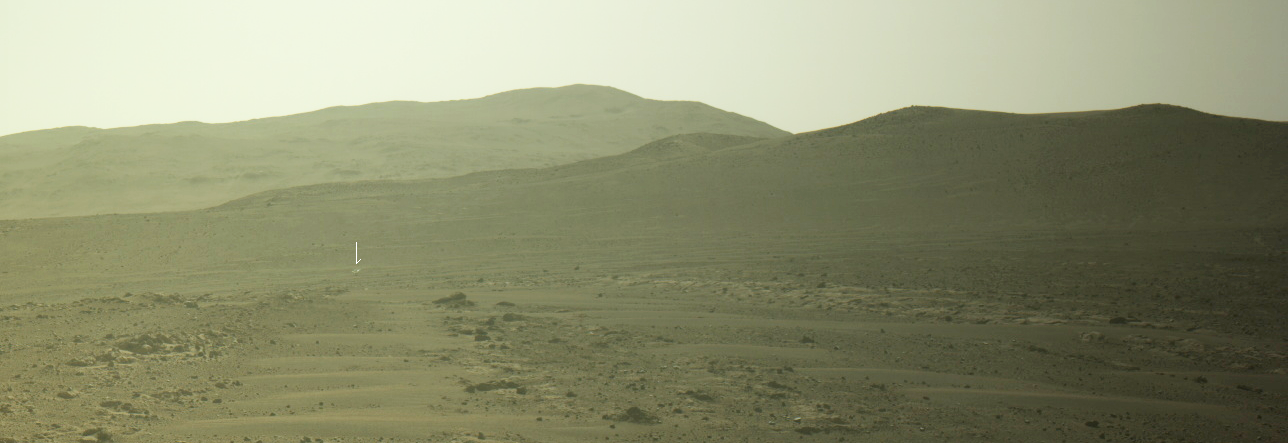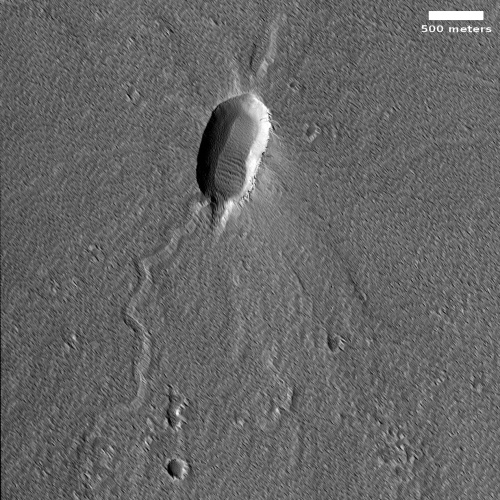Russia and China launch satellites
Two launches today in Russia and China.
First China used its Long March 2C rocket to launch a “remote sensing satellite” into orbit. No other information about the satellite was released. Nor was any information about whether the rocket’s first stage landed near habitable areas.
Next Russia used its Proton rocket to launch a classified satellite, likely a military surveillance satellite, into orbit. Like China Russia launches from an interior spaceport, with its first stage falling “in Karaganda Region of Kazakhstan,” with the second stage landing in drop zones in Russia. Russia, which has been doing this regularly for more than a half century, has always done a good job either avoiding habitable areas with the first stage crash, or keeping such stories out of the international press.
The 2023 launch race:
16 SpaceX
9 China
4 Russia
1 Rocket Lab
1 Japan
1 India
American private enterprise still leads China 17 to 9 in the national rankings, and the entire world combined 17 to 15. SpaceX alone is now tied with the entire world, including all other American companies, 16 all.
Two launches today in Russia and China.
First China used its Long March 2C rocket to launch a “remote sensing satellite” into orbit. No other information about the satellite was released. Nor was any information about whether the rocket’s first stage landed near habitable areas.
Next Russia used its Proton rocket to launch a classified satellite, likely a military surveillance satellite, into orbit. Like China Russia launches from an interior spaceport, with its first stage falling “in Karaganda Region of Kazakhstan,” with the second stage landing in drop zones in Russia. Russia, which has been doing this regularly for more than a half century, has always done a good job either avoiding habitable areas with the first stage crash, or keeping such stories out of the international press.
The 2023 launch race:
16 SpaceX
9 China
4 Russia
1 Rocket Lab
1 Japan
1 India
American private enterprise still leads China 17 to 9 in the national rankings, and the entire world combined 17 to 15. SpaceX alone is now tied with the entire world, including all other American companies, 16 all.










